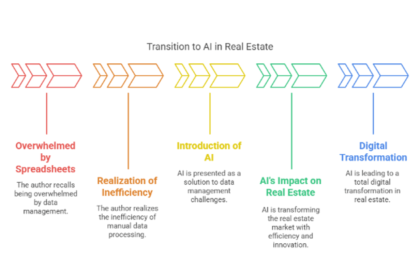Having a handle on Year-to-Date (YTD) data is a transformative step in impactful business management. The right figures can streamline operations and enhance accuracy. If you’re new to this concept, hold tight and we’ll explain everything you need to know about it.
The Importance of YTD in Budgeting Decisions
First and foremost, being up to speed with YTD figures is a must for making sound budgeting decisions. That’s because they offer a snapshot of your financial progress over a specified period, helping to pinpoint areas that need attention.
You’ve probably encountered YTD on a paycheck at some point. Just like it shows you how much you’ve earned so far in this context, YTD data provides insight into your business’s earnings and expenditures.
It’s a means of:
- Tracking revenue growth patterns
- Identifying spending habits
- Adjusting budgets proactively based on current trends
- Evaluating the effectiveness of cost-cutting measures
Utilizing YTD effectively means being able to fine-tune budgets before issues escalate. This ensures resources are allocated where they’re needed most. Keeping an eye on these figures leads to more strategic financial management decisions that support long-term goals.
Leveraging YTD for Accurate Forecasting
YTD figures are a powerful tool in forecasting. By analyzing current trends and patterns, as mentioned, you can anticipate future performance more reliably.
This involves:
- Examining revenue and expense trends
- Recognizing seasonal variations
- Anticipating upcoming financial needs
- Adjusting projections based on real-time data
Basically, businesses that use YTD effectively can see beyond the present moment, identifying opportunities or risks early on.
For instance, if sales have steadily increased over previous months, businesses can plan for higher production to meet future demand. Conversely, noticing a decline might signal the need for strategic shifts.
In essence, using YTD makes forecasts sharper and more aligned with actual business trajectories. This forward-looking approach minimizes surprises while maximizing readiness and agility in dynamic market environments.
Strategic Planning with YTD Data
YTD data empowers leaders in crafting strategic plans that resonate with the actual business climate. With this information to hand, businesses can ensure their strategies are grounded in current realities.
This entails:
- Aligning goals with financial performance
- Identifying resource allocation needs
- Adapting tactics to changing market conditions
- Prioritizing projects based on available capital
For example, a rise in operational costs highlighted by YTD might lead to seeking cost-effective suppliers or streamlining processes.
Ultimately, integrating YTD data into strategic planning equips organizations to pursue growth avenues confidently. The clarity provided by these insights ensures alignment between objectives and practical execution paths for sustainable success.
Enhancing Financial Accuracy Using YTD Figures
YTD figures are a linchpin for maintaining financial accuracy. They allow businesses to verify and validate their accounting records regularly.
This process involves:
- Consistently updating financial statements
- Cross-referencing monthly or quarterly reports
- Ensuring transactions align with projected budgets
- Spotting discrepancies early on
Regular review of these numbers means identifying errors or misallocations promptly, preventing minor issues from growing into significant challenges.
For instance, catching an unexpected expense increase early enables quick corrective action before it impacts the broader budget.
In short, using YTD data ensures that all financial activities reflect the actual status of your business operations. It supports transparent reporting while fostering trust with stakeholders through precision in fiscal matters.
How Leaders Interpret and Apply YTD Insights
Business leaders utilize YTD insights to steer their companies towards desired outcomes. Interpreting these figures in the right way is how they can gain a clearer picture of business health.
Key aspects include:
- Understanding performance metrics in context
- Evaluating profitability over time
- Monitoring cost management effectiveness
- Adjusting strategic priorities based on findings
For instance, if sales dip while marketing expenses rise, it may indicate a need to revisit promotional strategies. Given that marketing spending is growing faster than at any point in the past 10 years, this is a likely scenario that needs addressing.
These insights enable timely interventions that align with corporate goals. Thus, applying YTD effectively aids leaders in crafting informed policies that drive growth and sustainability.
The Bottom Line
Hopefully you now know why understanding YTD data is at the core of effective business management. It informs budgeting, forecasting, and strategic planning while ensuring financial accuracy. Leveraging these insights empowers leaders to make informed decisions that align with real-time business realities, keeping them lean and competitive whatever comes next.










